Home>Articles>What Toxic Element Is Found In Old Plumbing Pipes?
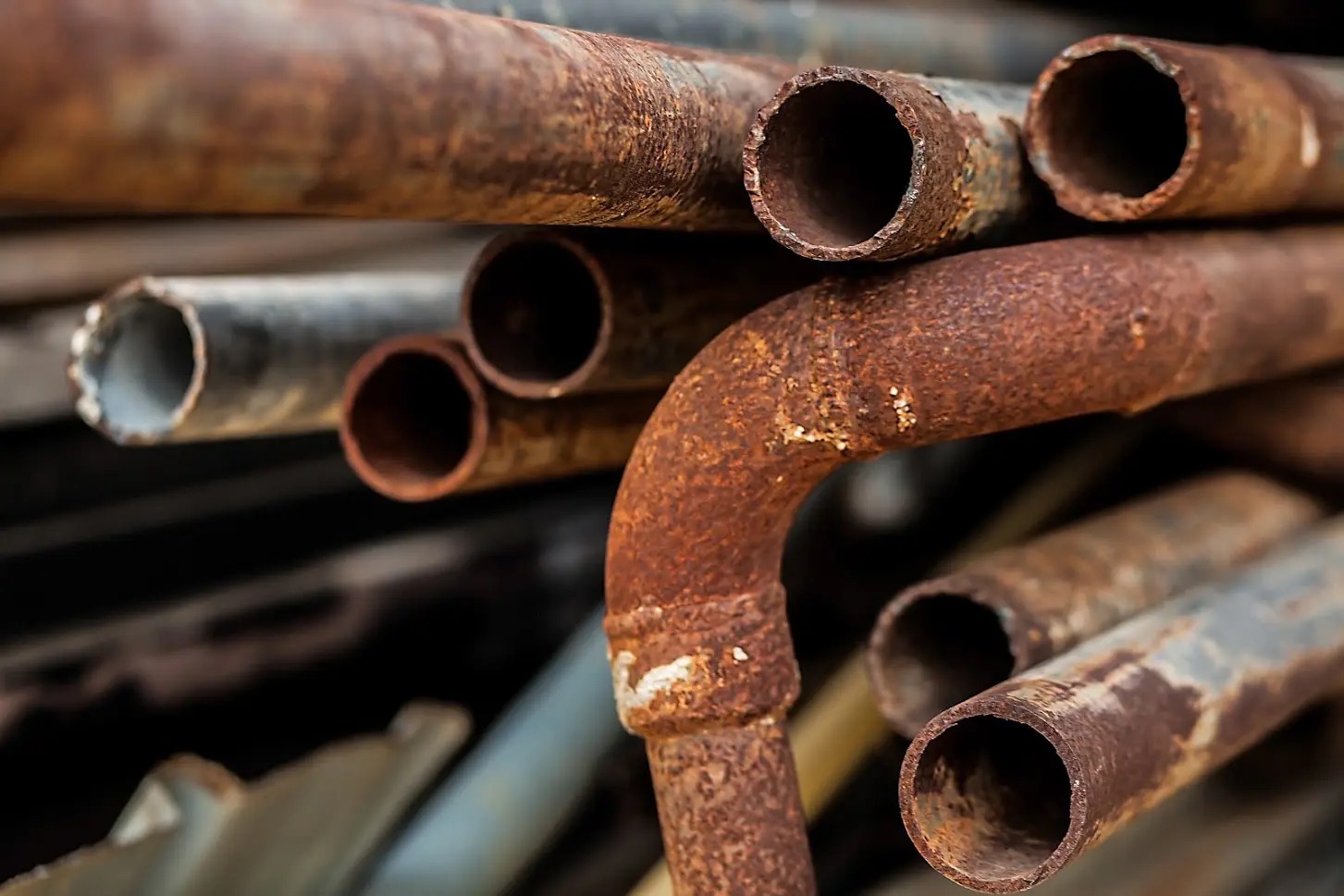

Articles
What Toxic Element Is Found In Old Plumbing Pipes?
Modified: February 23, 2024
Discover the hidden dangers of old plumbing pipes and learn what toxic element could be lurking in your home. Read our informative articles for more information.
(Many of the links in this article redirect to a specific reviewed product. Your purchase of these products through affiliate links helps to generate commission for Storables.com, at no extra cost. Learn more)
Introduction
Welcome to the world of plumbing pipes! Most of us don’t think much about the intricate system of pipes that run through our homes, silently delivering the water we need for our daily activities. However, what many people fail to realize is that the materials used in these pipes can have a significant impact on our health and well-being.
In particular, old plumbing pipes can pose a hidden danger due to the presence of a toxic element. Over time, these pipes can accumulate this toxic element, which can then seep into our drinking water and contaminate it. It’s crucial to understand the potential risks associated with these pipes and the importance of taking necessary precautions to protect ourselves and our loved ones.
In this article, we will explore the world of old plumbing pipes and discuss the toxic element that can be found in them. We will delve into the causes of toxic element accumulation, the health risks associated with exposure, ways to detect and test for contamination, and finally, the remediation and replacement options available.
Whether you are a homeowner, a renter, or simply someone interested in understanding the impact of plumbing pipes on our health, this article will provide you with valuable insights and knowledge to make informed decisions.
Key Takeaways:
- Understanding the potential risks associated with old plumbing pipes and the toxic elements they can accumulate is crucial for safeguarding your health and well-being. Regular testing, precautionary measures, and prompt action are essential for maintaining clean and safe drinking water.
- Identifying the signs of toxic element contamination, such as discolored water, unpleasant odors, or plumbing leaks, is vital for early detection and mitigation. Consulting with professionals, implementing remediation options, and staying informed about water quality are key steps in protecting yourself and your family.
Read more: What Element Makes Plumbing Pipes
Overview of Old Plumbing Pipes
Old plumbing pipes are found in many homes, particularly in older houses or those that have not undergone significant renovations. These pipes were commonly made from various materials, each with its own benefits and drawbacks.
One of the most prevalent types of old plumbing pipes is galvanized steel. Galvanized steel pipes were widely used in homes built before the 1960s. They were durable and resistant to corrosion. However, over time, these pipes can start to rust and deteriorate, leading to potential issues with water quality and pressure.
Another common material used in older plumbing systems is copper. Copper pipes have been popular due to their ability to resist corrosion and their flexibility in installation. However, copper pipes can also be prone to pinhole leaks and can release copper particles into the water supply. This can be a concern for those with copper sensitivities.
Lead pipes, although less common today due to health concerns, were widely used in plumbing systems before the 1950s. Lead is a highly toxic element and can leach into the drinking water, posing significant health risks. If you have an older home with lead pipes, it is crucial to take immediate action to replace them.
Polybutylene (PB) pipes were popular in the 1970s and 1980s due to their low cost and ease of installation. However, PB pipes have a high failure rate and are prone to leaks and ruptures. In addition, they are more susceptible to chemical degradation, which can lead to the release of potentially harmful substances into the water supply.
Understanding the type of plumbing pipes in your home is essential for assessing the potential risks associated with them. If you are unsure about the type or condition of your plumbing pipes, it is advisable to consult a professional plumber who can inspect and provide guidance on any necessary repairs or replacements.
What Causes the Toxic Element Accumulation?
The accumulation of toxic elements in old plumbing pipes can be caused by various factors. It is essential to understand these factors to identify the potential sources of contamination and take appropriate measures to mitigate the risk.
One significant factor is the material composition of the pipes themselves. Certain materials, such as lead or copper, are more likely to release toxic elements into the water supply compared to other materials like modern PVC pipes.
Another contributing factor is the age and condition of the pipes. Over time, older pipes can deteriorate, leading to cracks, leaks, or corrosion. This deterioration can create pathways for toxic elements to enter the water flowing through the pipes.
In some cases, the source of contamination may not be the pipes themselves but external factors that impact the water supply. For example, if the water supply is sourced from an area with high levels of naturally occurring toxic elements, such as arsenic or mercury, the pipes can act as conduits, allowing these elements to make their way into the drinking water.
Furthermore, the presence of certain chemicals or minerals in the water can accelerate the leaching process. For instance, acidic water or water with high chlorine concentrations can corrode pipes more rapidly, leading to an increased release of toxic elements.
It’s important to note that toxic element accumulation can be a gradual process, often taking years or even decades to reach harmful levels. Regular monitoring and testing of the water quality can help detect any potential issues early on and enable prompt action to be taken.
By understanding the causes of toxic element accumulation, homeowners can make informed decisions about pipe replacement or take steps to improve water quality through treatment methods such as filtration or conditioning systems. Consulting with a professional plumber or water quality expert can provide valuable guidance in assessing the specific risks in your plumbing system and implementing appropriate solutions.
Health Risks Associated with the Toxic Element
The presence of a toxic element in old plumbing pipes can pose significant health risks. Exposure to these elements can have both short-term and long-term effects on our well-being. It’s crucial to be aware of these risks to protect ourselves and our loved ones.
One of the most well-known toxic elements found in old plumbing pipes is lead. Lead exposure can have severe consequences, especially for children and pregnant women. Even low levels of lead in drinking water can result in developmental delays, impaired cognitive function, and behavioral disorders in children. In adults, lead exposure can lead to high blood pressure, kidney damage, and reproductive problems.
Other toxic elements like copper, arsenic, or mercury can also be present in old plumbing pipes and can have their own set of health risks. High copper levels in water may cause gastrointestinal issues, liver damage, or kidney disorders. Arsenic is a known carcinogen and long-term exposure can increase the risk of various cancers, cardiovascular diseases, and skin problems. Mercury exposure can lead to neurological and developmental issues, especially in young children.
In addition to the direct health risks associated with drinking water contaminated by toxic elements, there can be indirect risks through inhalation or skin exposure. For example, taking hot showers or using hot water from contaminated pipes can release toxic elements into the air, which can then be inhaled. Skin contact with contaminated water may cause rashes, irritation, or allergic reactions.
It’s important to note that the severity of health risks depends on various factors, including the concentration of the toxic element, duration of exposure, individual susceptibility, and overall health status. However, it is always better to err on the side of caution and take proactive measures to minimize exposure to toxic elements.
If you suspect or have confirmed the presence of toxic elements in your plumbing pipes, it is advisable to consult with a healthcare professional and potentially seek medical advice. They can provide guidance on the necessary precautions, monitoring, and potential treatment options to safeguard your health.
Common Signs of Toxic Element Contamination
Identifying the signs of toxic element contamination in your plumbing system is crucial for early detection and prompt action. While some signs may be subtle or easily overlooked, being aware of the following common indicators can help you identify potential issues:
- Discolored Water: If your water appears cloudy, brown, or has a metallic tint, it could be a sign of toxic element contamination. Discoloration is often associated with the presence of elements like lead, copper, or iron in the water supply.
- Unpleasant Odor or Taste: If your tap water has a strange odor or an unpleasant metallic taste, it could be an indication of contamination. Pay attention to any sudden changes in the smell or taste of your water.
- Stains or Scale Buildup: Toxic elements can leave behind stains on sinks, faucets, or toilet bowls. Look for green or blue stains, white scale buildup, or other unusual markings that may indicate the presence of contaminants.
- Plumbing Leaks or Corrosion: Pipes affected by toxic element contamination may show signs of corrosion, leaks, or pinhole leaks. Keep an eye out for damp or discolored spots on walls, ceilings, or under sinks, as they could signify plumbing issues related to contamination.
- Health Symptoms: Pay attention to any unexplained health symptoms experienced by you or your family members. Symptoms like headaches, nausea, fatigue, digestive issues, or skin rashes could be related to exposure to toxic elements in your water supply.
If you notice any of these signs, it is essential to investigate further and take appropriate action. Contact a professional plumber or a water quality specialist to conduct testing and analysis to determine the presence and source of contamination. They can provide guidance on the necessary steps to address the issue and ensure the safety of your drinking water.
It’s worth mentioning that not all signs of contamination are immediately apparent. In some cases, toxic element accumulation may occur without any noticeable indicators. Regular testing of your water supply, especially if you have an older plumbing system, is a proactive approach to minimize any potential health risks.
If you suspect that your home has old plumbing pipes, consider having your water tested for lead, a toxic element commonly found in older plumbing systems. This can help ensure the safety of your drinking water.
Testing and Detection Methods
Testing your water supply for toxic element contamination is a crucial step in ensuring the safety and quality of your drinking water. There are various testing and detection methods available to help identify the presence and concentration of toxic elements in your plumbing system.
One of the most common methods is water sampling, where samples are collected directly from your taps and sent to a laboratory for analysis. The lab will conduct specific tests to measure the levels of toxic elements, such as lead, copper, arsenic, or mercury, in your water. These tests can provide accurate results and help determine the extent of contamination.
Another method is using home testing kits. These kits typically include test strips or reagent-based tests that can detect specific elements in your water. While they may not provide as comprehensive results as lab tests, they can give you a preliminary indication of potential contamination. It is worth noting that these home testing kits may have limitations, so it is often recommended to follow up with professional lab testing for a more accurate assessment.
In addition to testing for specific elements, comprehensive water quality testing can also be conducted. This type of testing examines a wide range of parameters, including pH levels, total dissolved solids (TDS), microbial contamination, and chemical contaminants. This approach provides a more holistic view of the overall water quality and can help identify any potential issues beyond toxic element contamination.
When selecting a testing method, it is crucial to ensure that the laboratory or testing kit is accredited and meets recognized standards for water quality analysis. This ensures the reliability and accuracy of the results.
If testing reveals the presence of toxic elements in your water, it is advisable to consult with a professional plumber or water quality expert for further guidance. They can help analyze the results, assess the risks, and recommend appropriate remediation or filtration systems to ensure the safety of your drinking water.
Regular testing is essential, especially for homes with older plumbing systems or those located in areas with higher risks of contamination. By monitoring the water quality regularly, you can detect any potential issues early on and take necessary actions to protect your health and the health of your family.
Remediation and Replacement OptionsOnce toxic element contamination is detected in your plumbing system, it is crucial to take prompt action to address the issue and ensure the safety of your drinking water. There are several remediation and replacement options available, depending on the extent of the contamination and the condition of your existing pipes.
1. Replacement: In some cases, the best course of action is to replace the old plumbing pipes entirely. This is particularly true if you have lead or severely corroded pipes. Replacing the pipes with modern, non-toxic materials such as PVC or PEX can significantly reduce the risk of contamination. A professional plumber can assess the condition of your pipes and provide guidance on the replacement process.
2. Pipe Coating: In situations where replacement is not feasible or cost-effective, pipe coating can be an option. This involves applying a specialized coating to the interior of the pipes to create a barrier between the water and the pipe material. This method can help prevent further leaching of toxic elements and improve the overall water quality. However, it is essential to note that pipe coating may not be suitable for all types of pipes, so consulting with a plumbing professional is recommended.
3. Filtration Systems: Installing a water filtration system can be an effective way to remove or reduce the concentration of toxic elements in your water. Different types of filtration systems, such as activated carbon filters, reverse osmosis systems, or distillation units, can target specific contaminants. Consulting with a water quality expert will help determine the most appropriate filtration system for your specific needs.
4. Water Treatment: Some cases of toxic element contamination may require specialized water treatment methods. These treatments can include techniques such as oxidation, ion exchange, or coagulation, depending on the specific elements present in the water. Water treatment should be carried out by experienced professionals to ensure effectiveness and safety.
Regardless of the remediation option chosen, it’s important to regularly test the water after implementing any changes to ensure the effectiveness of the chosen solution and continued water safety.
Remember, addressing toxic element contamination in your plumbing system is not only crucial for your own health and well-being but also for the long-term integrity of your home’s water infrastructure. Consulting with professionals and taking action promptly will help alleviate any potential risks and provide peace of mind regarding the safety of your drinking water.
Precautionary Measures to Prevent Exposure
Taking precautionary measures to prevent exposure to toxic elements in your plumbing system is key to ensuring the safety of your drinking water. By implementing these measures, you can reduce the risk of contamination and protect the health of yourself and your loved ones. Here are some essential precautions to consider:
- Know Your Plumbing System: Understand the materials used in your plumbing pipes and their potential risks. If you live in an older home or are unsure about the type of pipes in your house, consider consulting a professional plumber or conducting a pipe inspection.
- Flush the Pipes: Before using tap water for drinking or cooking, flush the taps for several minutes. This helps remove any stagnant water that may have accumulated toxic elements from the pipes.
- Use Cold Water for Cooking and Drinking: To minimize the release of contaminants, especially lead, use cold water for cooking and drinking. Hot water can leach more toxic elements from the plumbing pipes.
- Regularly Clean and Maintain Faucets and Fixtures: Clean and maintain faucets, fixtures, and aerators regularly to prevent the buildup of sediments and other potential sources of contamination.
- Consider a Water Filter: Install a quality water filtration system that is certified to remove specific contaminants, particularly if you have older plumbing pipes or live in an area with known water quality issues.
- Test Your Water Regularly: Conduct regular water tests to monitor the quality of your drinking water. This helps identify any changes or potential contamination issues early on and enables timely action.
- Minimize Chemical Use: Avoid using harsh chemicals, such as drain cleaners or excessive amounts of chlorine, which can accelerate pipe corrosion and increase the risk of contaminant release.
- Consider Rinsing with Filtered Water: If you have concerns about exposure during bathing or showering, consider using a shower filter or rinsing with filtered water to minimize contact with potentially contaminated water.
- Stay Informed: Stay updated on local water quality reports and advisories. Participate in community initiatives and be proactive in advocating for safe drinking water standards.
Remember, prevention is key when it comes to protecting your health from toxic element exposure. By incorporating these precautionary measures into your routine and staying vigilant, you can maintain a safe and clean water supply for you and your family.
Conclusion
Keeping your plumbing system free from toxic element contamination is crucial for maintaining the health and well-being of your household. Old plumbing pipes can be a significant source of concern, as they can accumulate and release toxic elements into your drinking water.
In this article, we discussed the various types of old plumbing pipes and the potential risks associated with them. We explored the causes of toxic element accumulation, the health risks they can pose, and the common signs of contamination. We also covered the importance of regular testing and detection methods to identify and address any issues early on.
Furthermore, we highlighted the available options for remediation and replacement, such as replacing old pipes with non-toxic materials, coating pipes, or installing water filtration systems. These measures can significantly reduce the risk of exposure to toxic elements and improve the overall water quality in your home.
We also emphasized the need for precautionary measures to prevent exposure to toxic elements. By being aware of your plumbing system, flushing the pipes regularly, using cold water for consumption, and considering water filters, you can minimize the potential risks associated with old plumbing pipes.
It is important to remember that ensuring the safety of your drinking water requires ongoing diligence. Regular testing, maintenance, and staying informed about water quality issues in your area are essential for safeguarding your health and that of your loved ones.
By taking proactive steps and working with professionals when needed, you can maintain a plumbing system that provides clean and healthy water for your everyday needs. Your efforts will not only protect your immediate health but also contribute to the long-term sustainability and well-being of your home.
Frequently Asked Questions about What Toxic Element Is Found In Old Plumbing Pipes?
Was this page helpful?
At Storables.com, we guarantee accurate and reliable information. Our content, validated by Expert Board Contributors, is crafted following stringent Editorial Policies. We're committed to providing you with well-researched, expert-backed insights for all your informational needs.
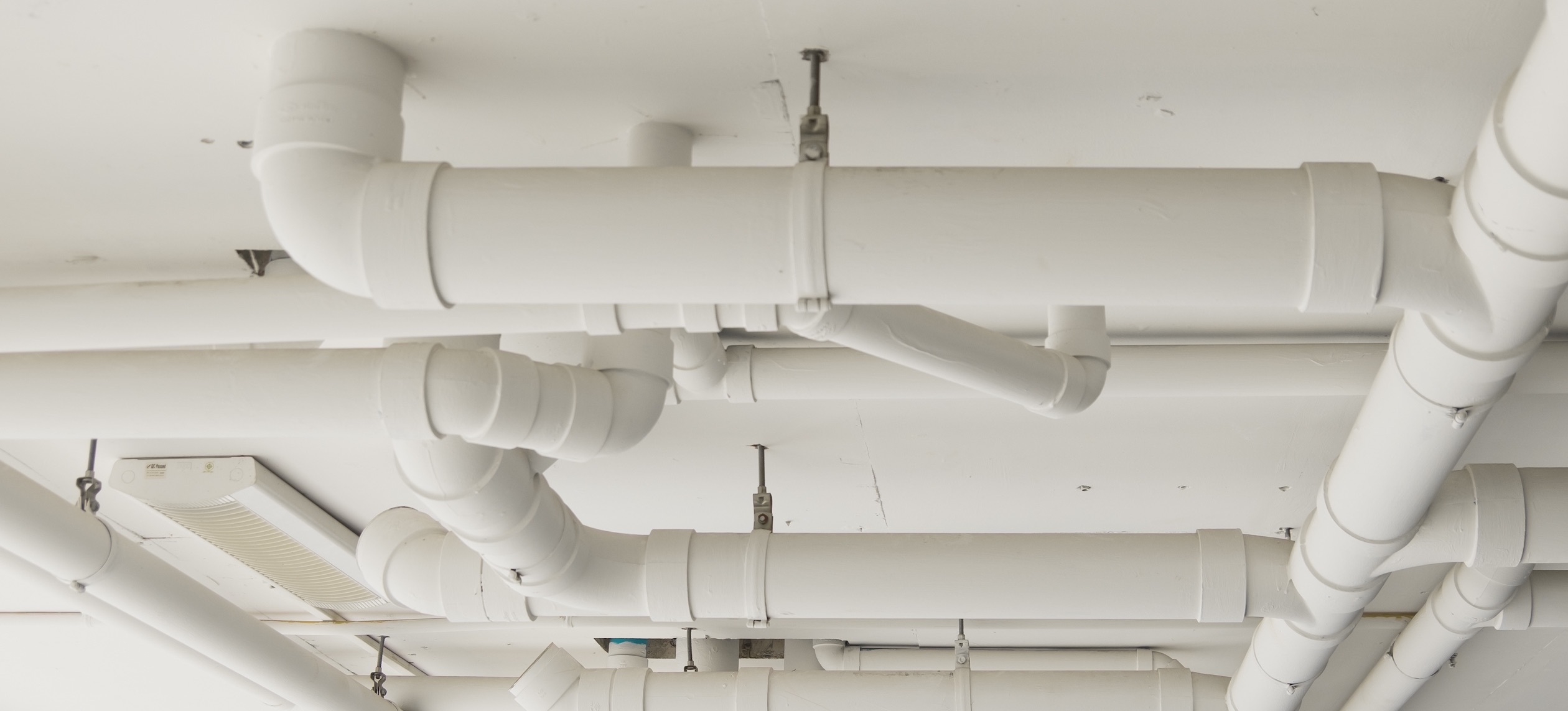
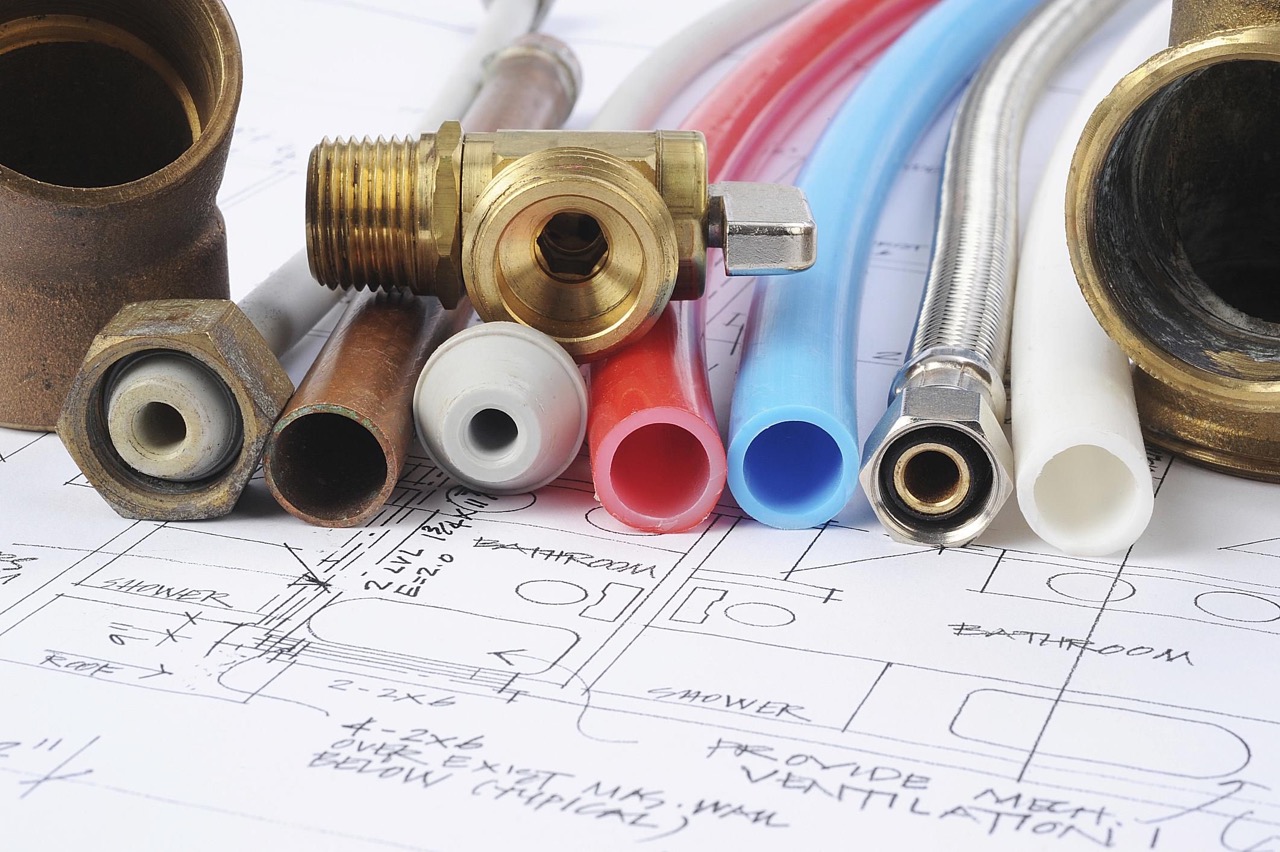

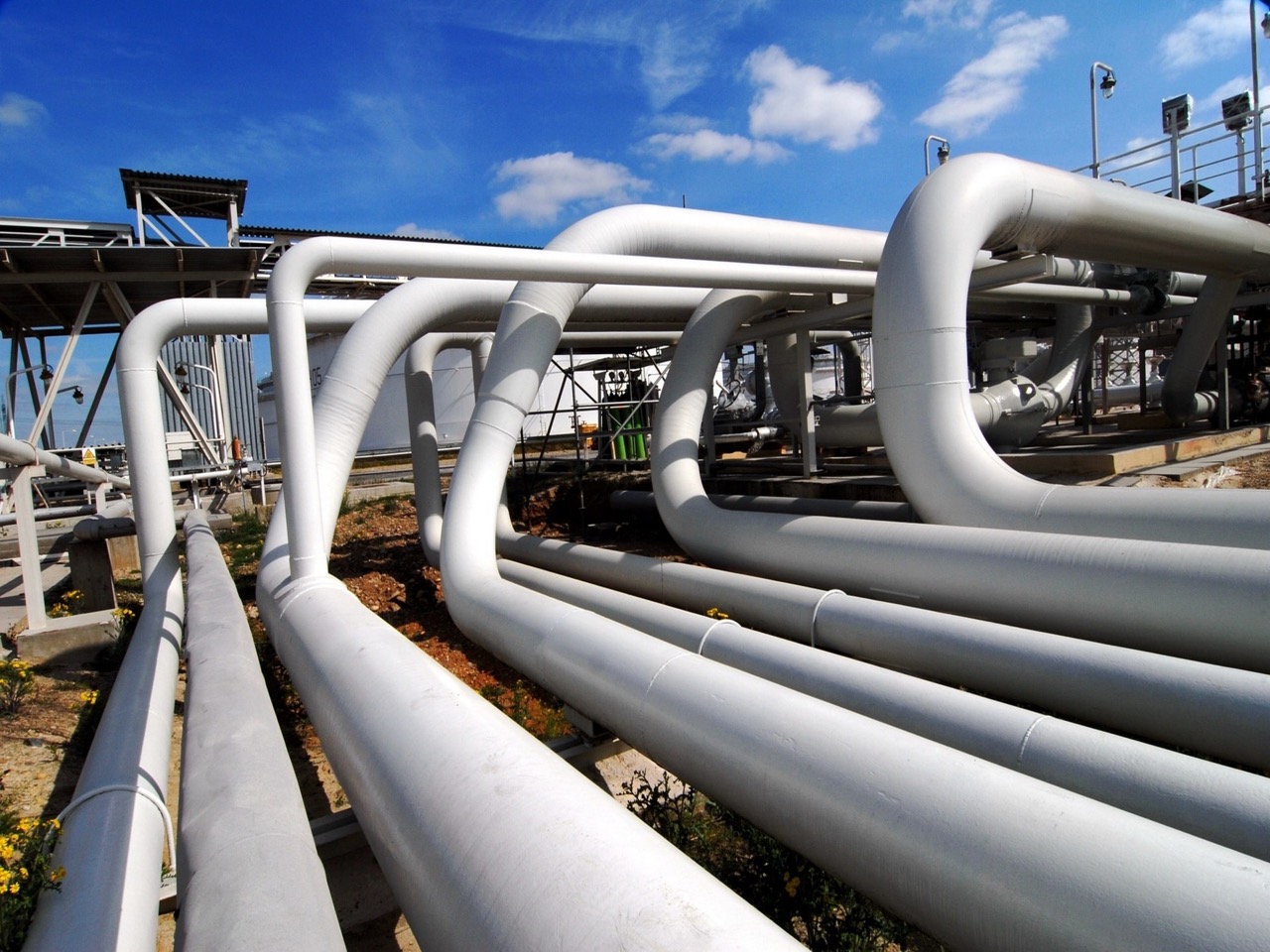
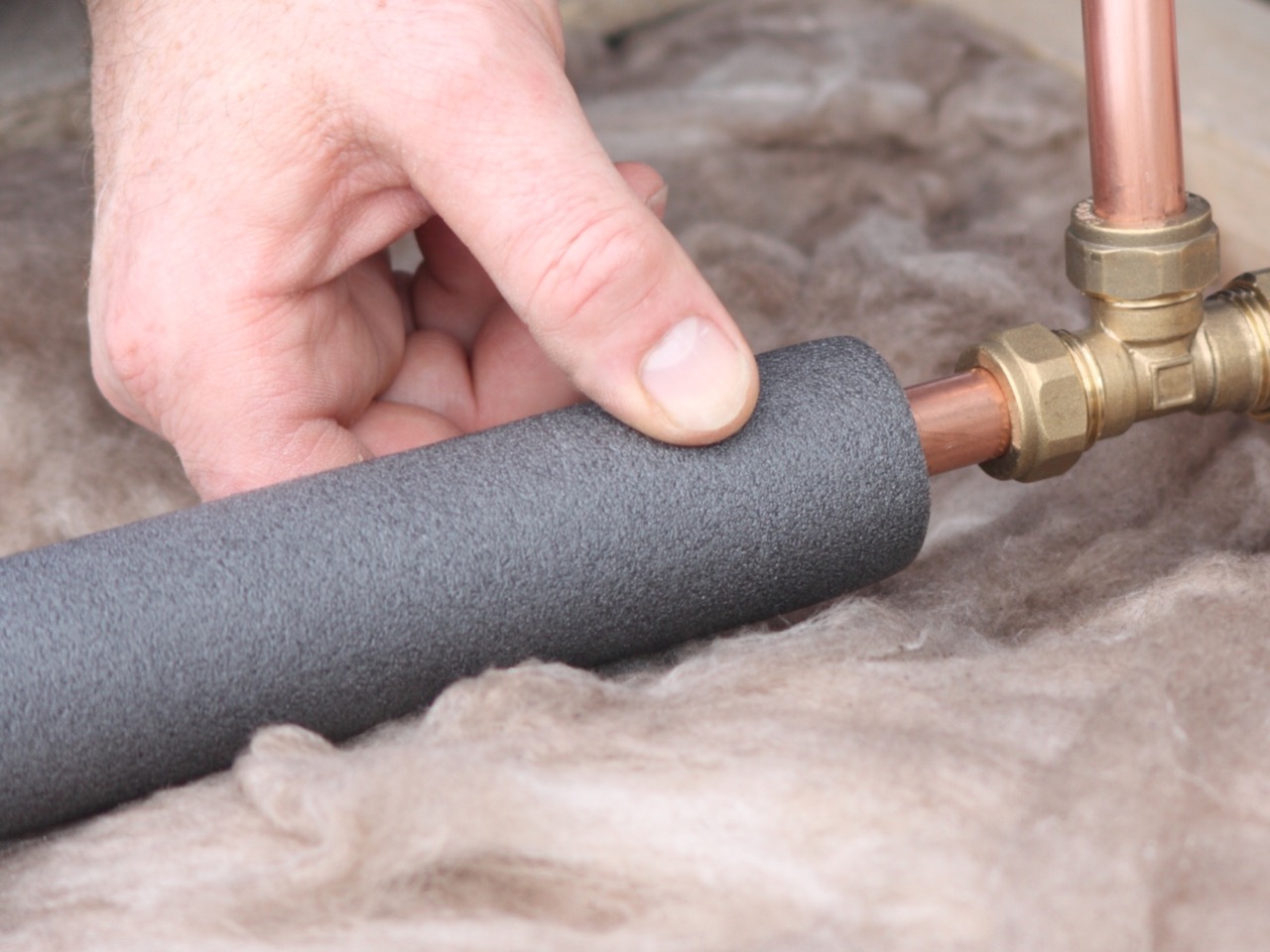
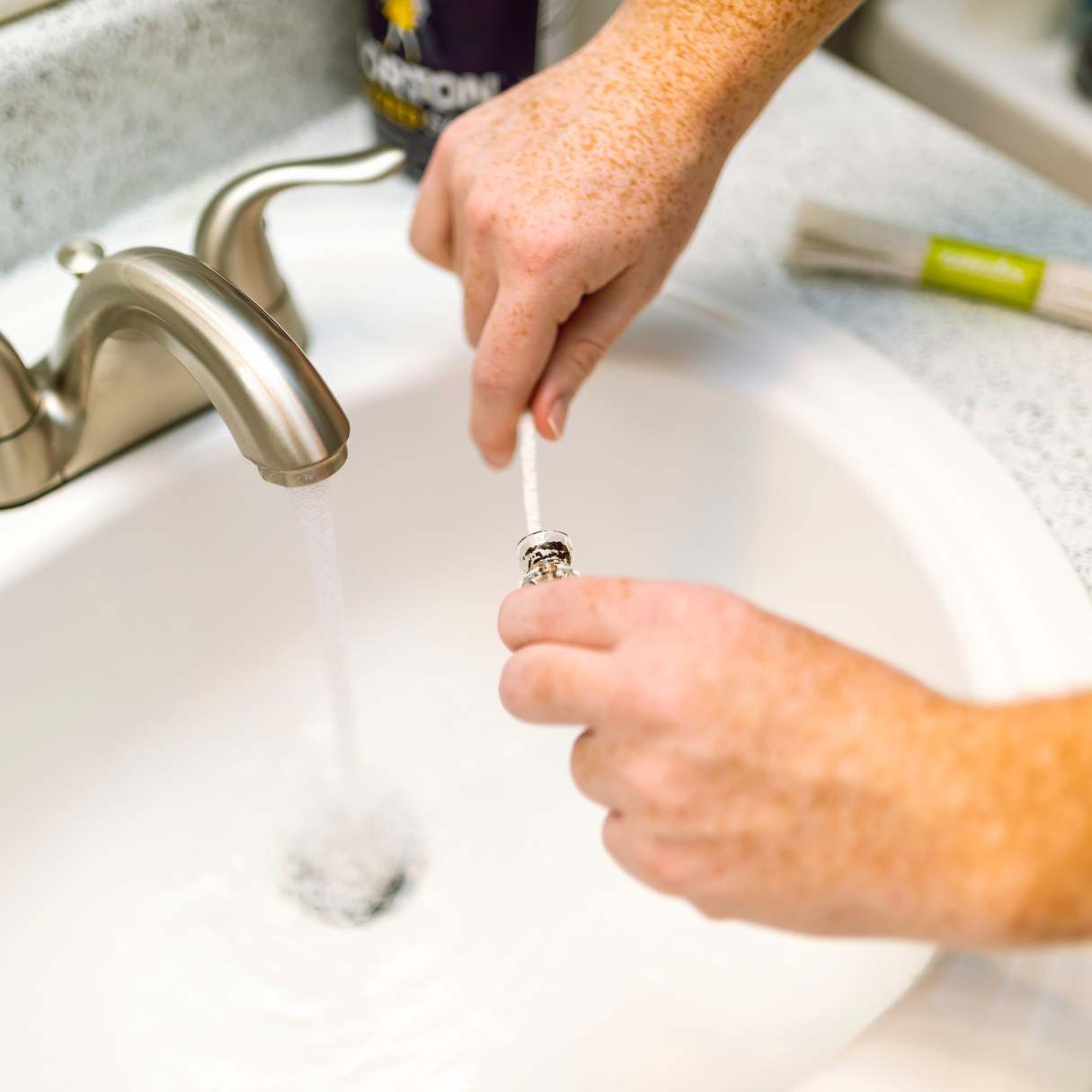
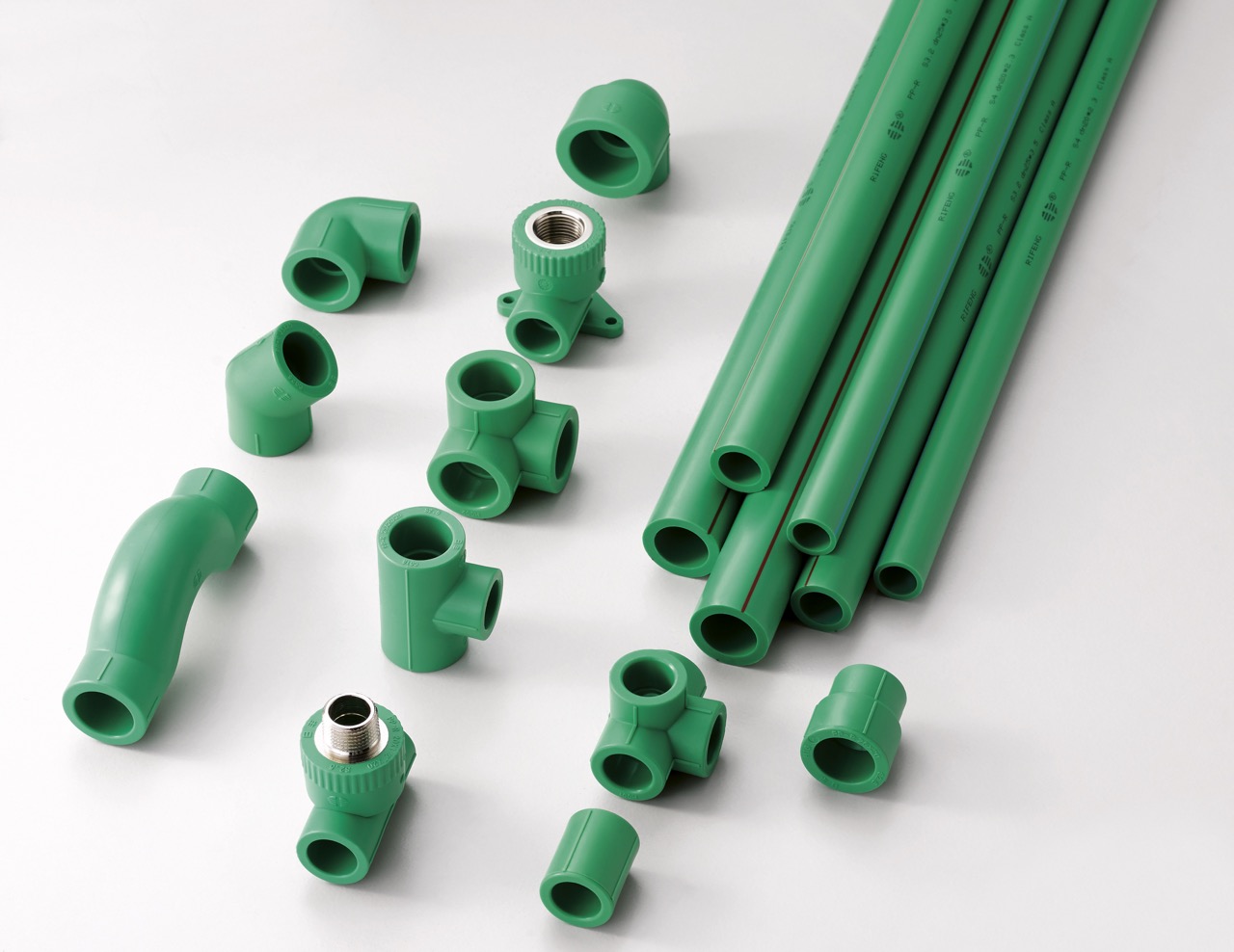
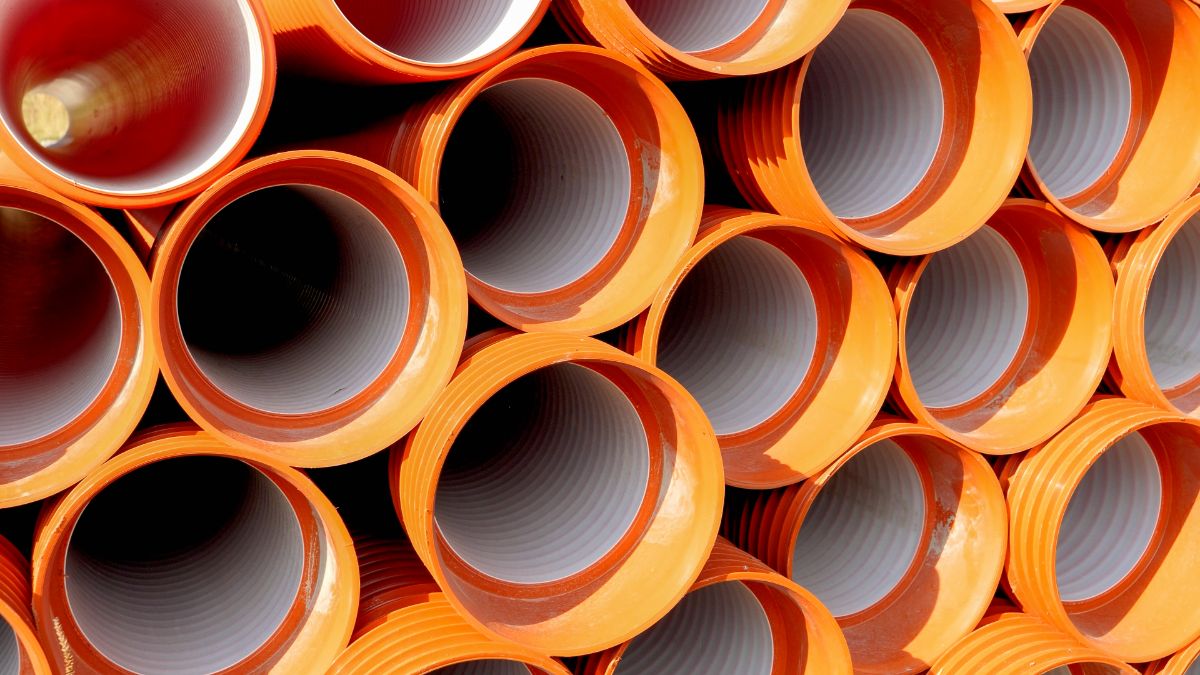
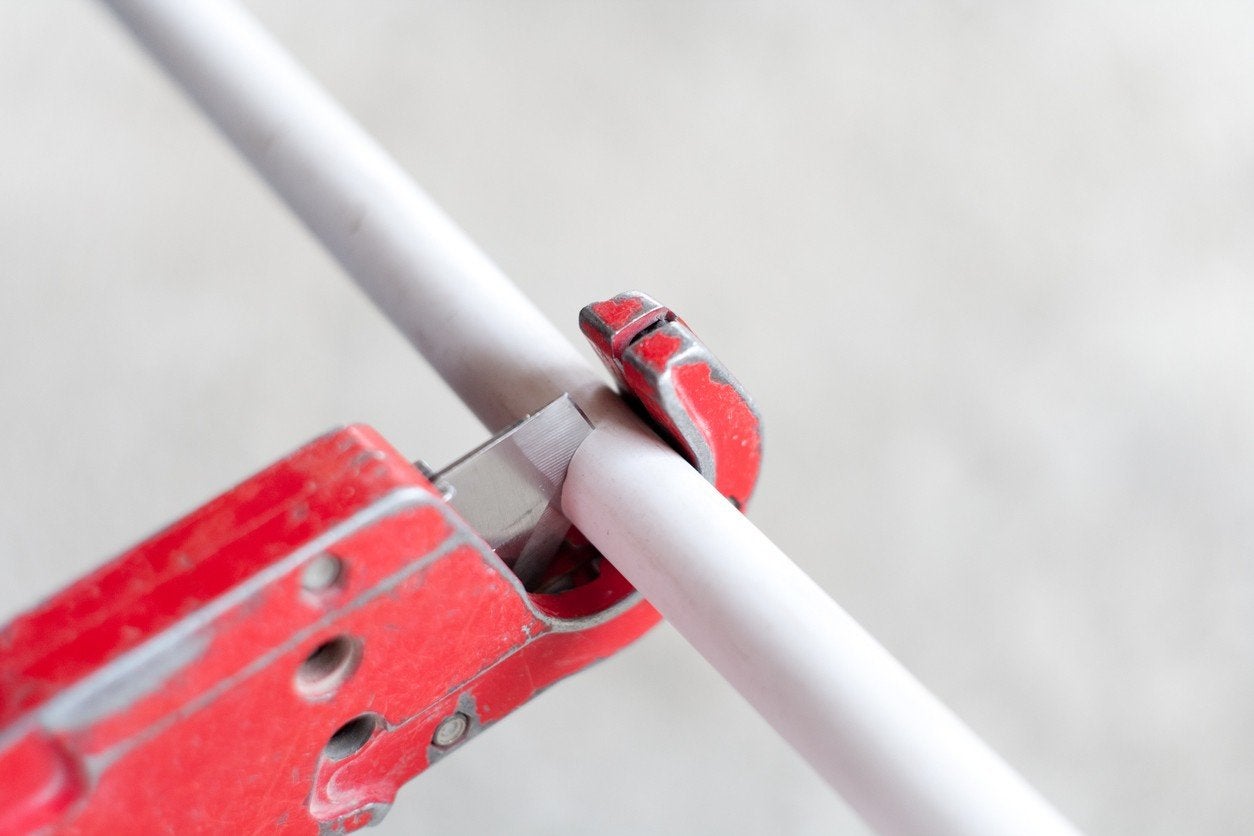
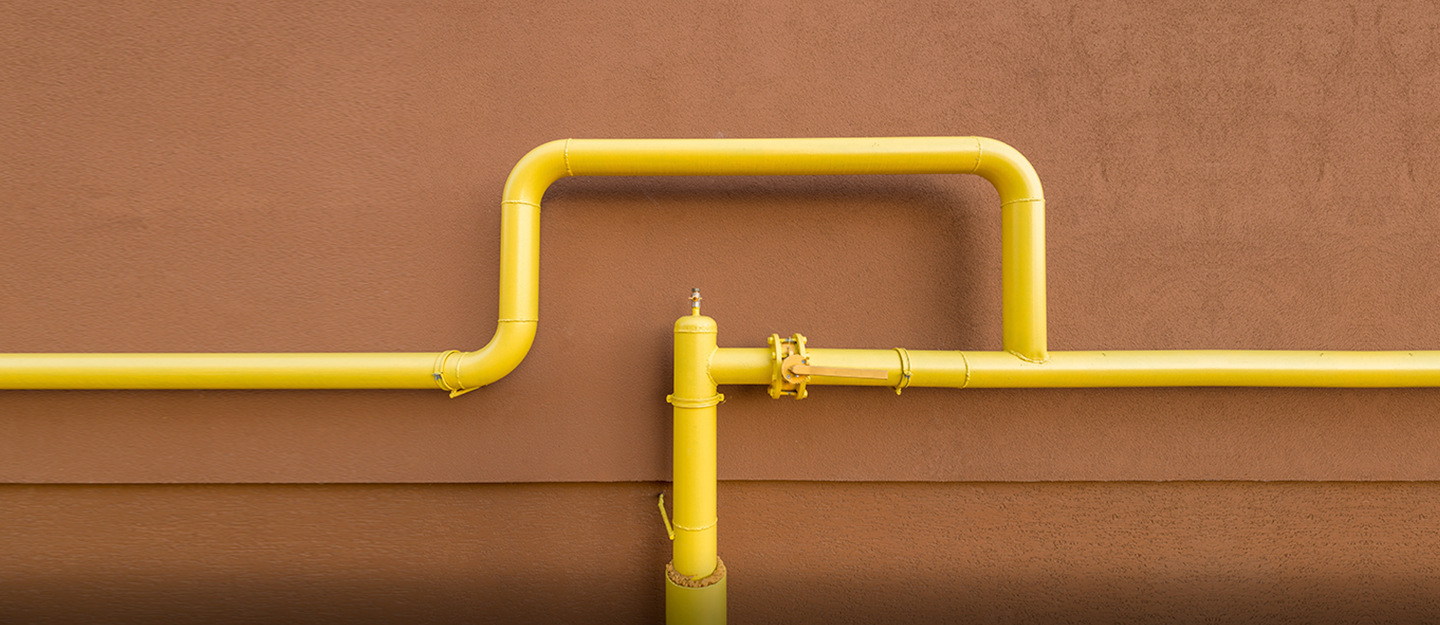
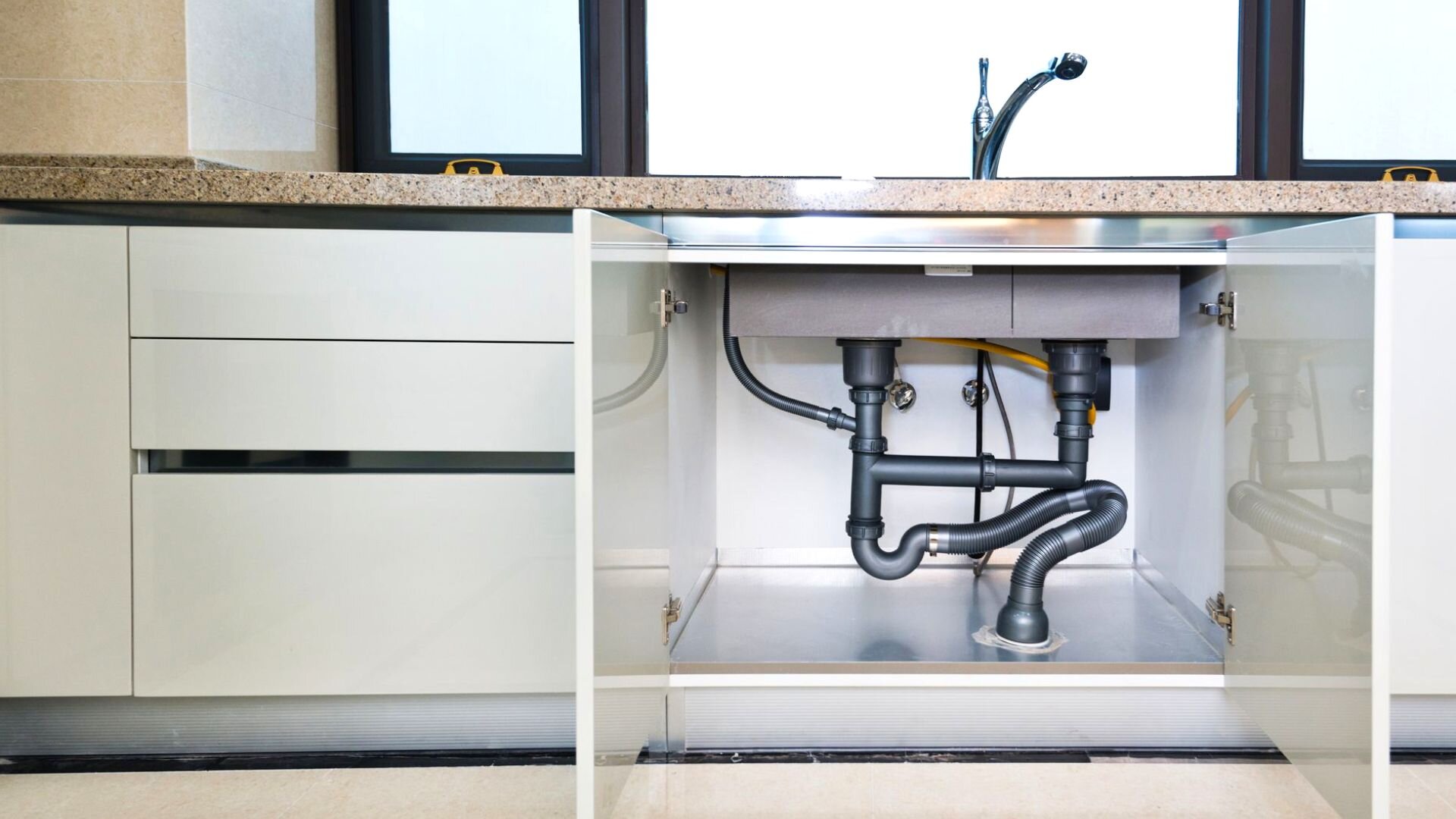
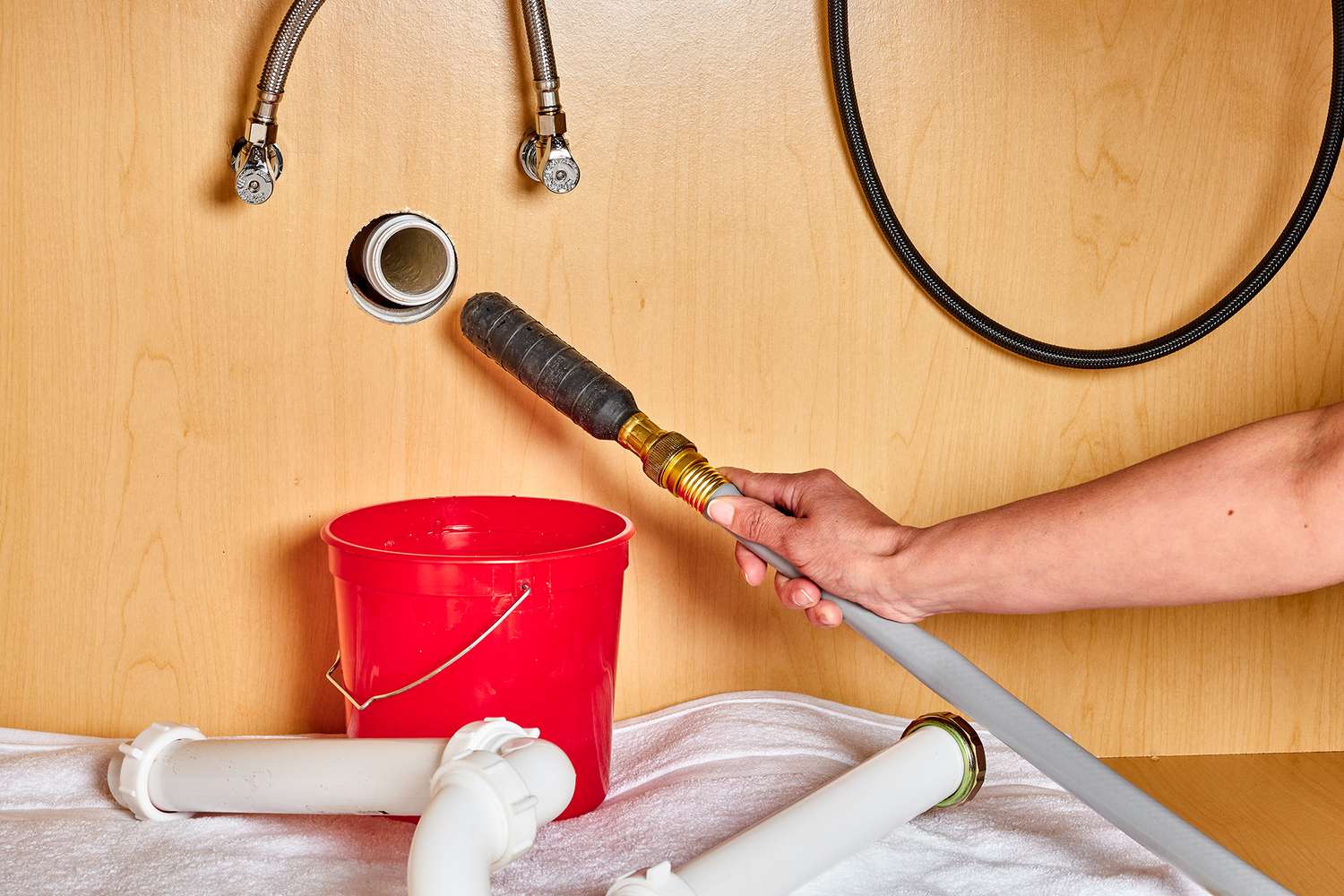
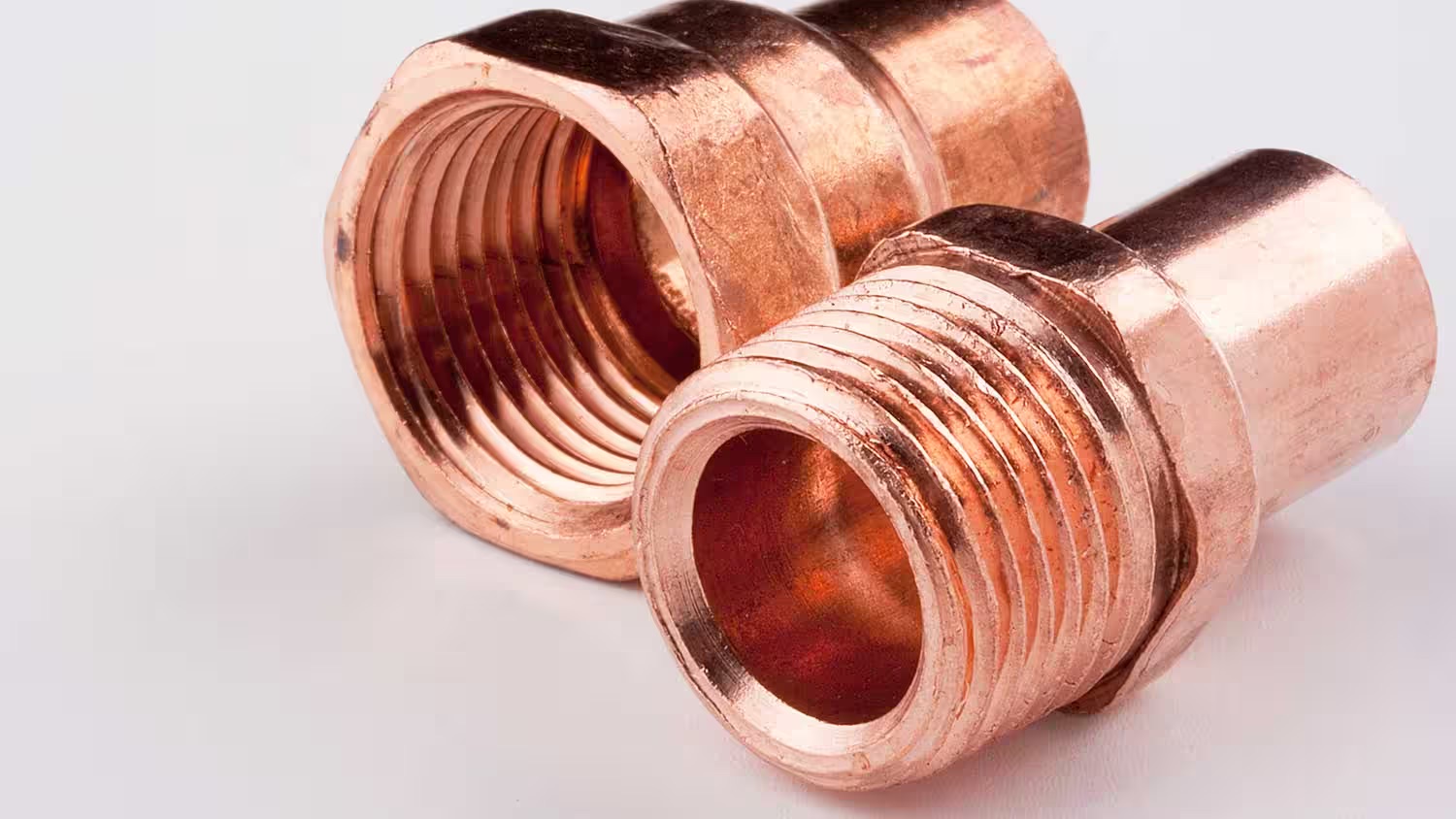
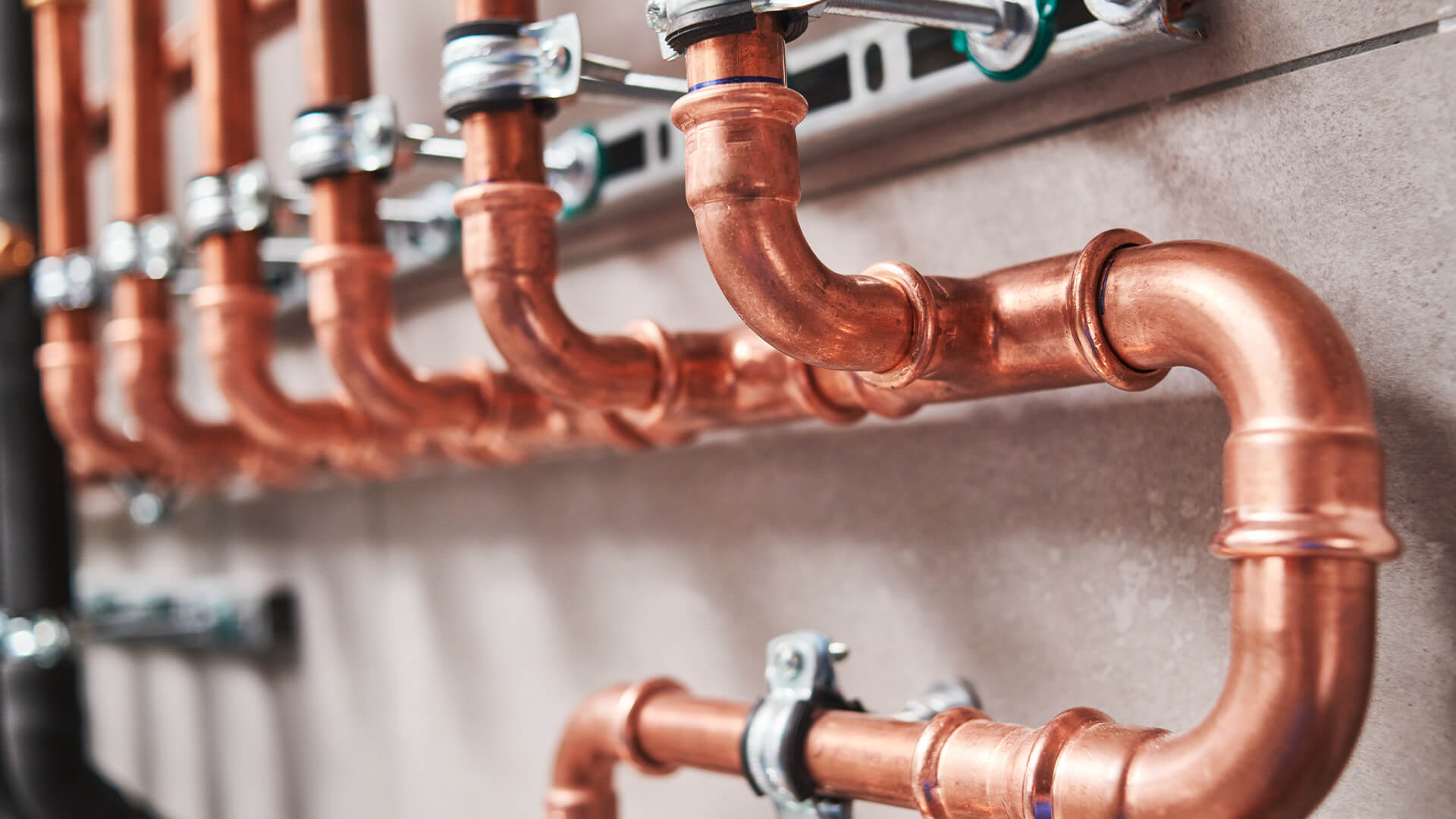

0 thoughts on “What Toxic Element Is Found In Old Plumbing Pipes?”